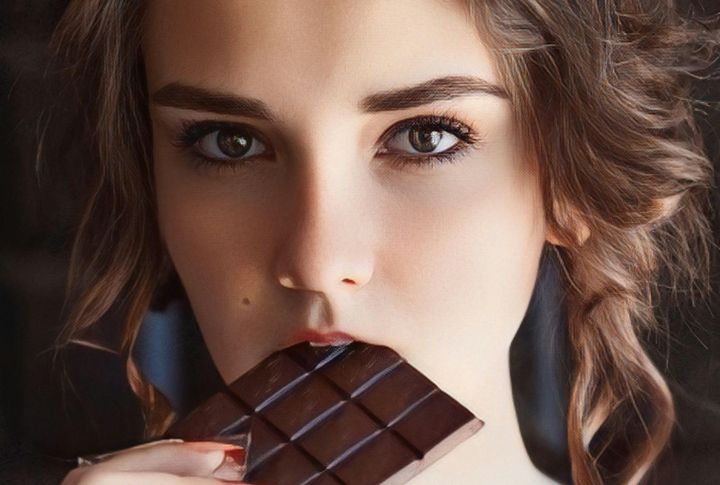
There’s a reason your favorite fashion campaign made you crave a croissant. Food and fashion, two industries worlds apart, have been creatively colliding in ads for years. This relationship is packed with symbolism, psychology, and some marketing tricks. Let’s walk through 10 reasons why this blend keeps making sense and getting attention.
Food Enhances Sensory Appeal
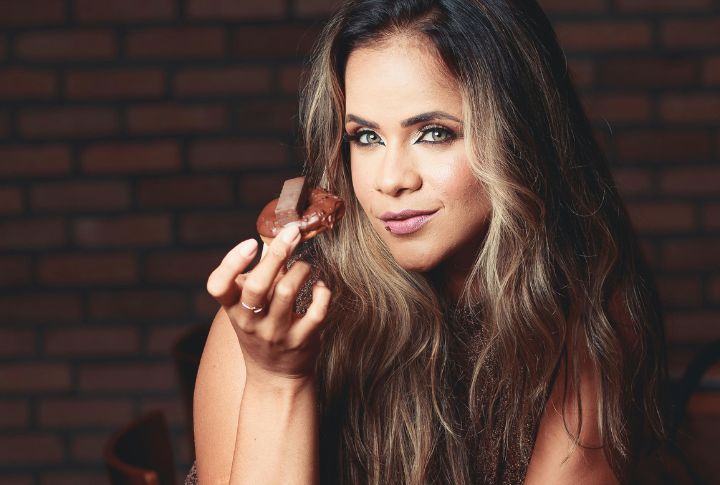
That slice of cake next to the couture dress? Not a coincidence. Advertisers know food sparks more than hunger—it triggers texture, taste, and scent in the viewer’s mind. So, by pairing flavors with fabrics, the ad becomes a full sensory experience, pulling you deeper into the brand’s world.
Color Matching With Cuisine
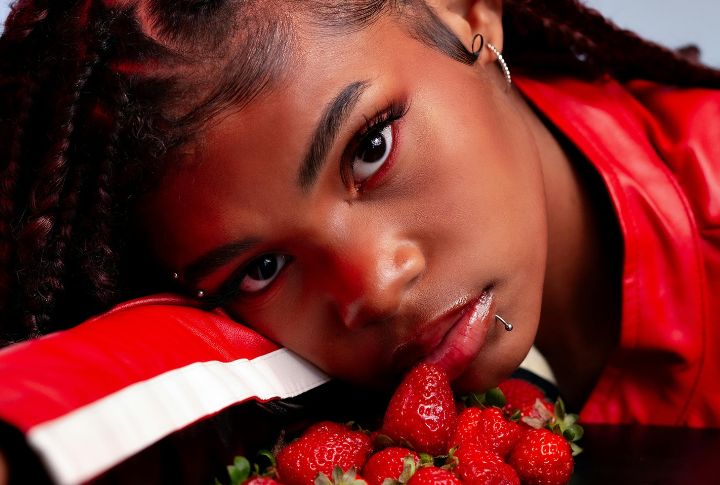
Avocado green shows up again in fall lines, and strawberries are still inspiring red lips. It’s not a coincidence. Food has become a reliable source of visual language in fashion. Bright and bold, certain ingredients bring color stories to life. Even Pantone uses culinary tones in its forecasts.
Luxury Through Gourmet Association
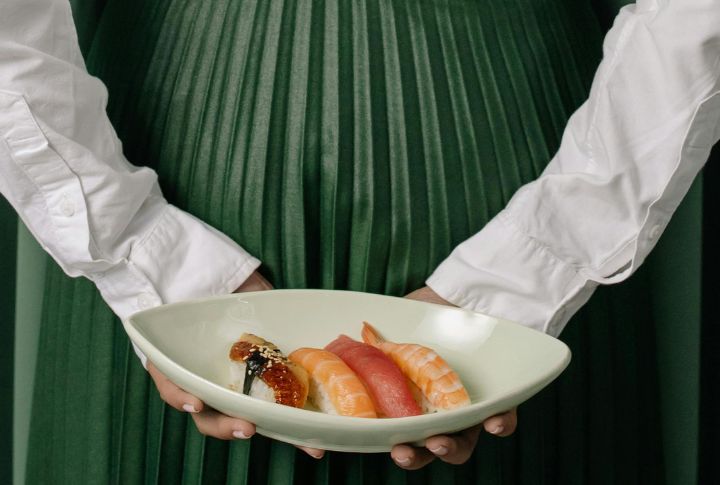
Why do diamonds pair so well with oysters in fashion spreads? Because together, they imply more than elegance. They represent a lifestyle only a few can access. Gourmet foods in ads also reinforce scarcity and upgrade the image. This shared symbolism between fashion and haute cuisine further creates a shortcut to aspiration.
Playful Contrast And Irony

When a crispy fry shows up next to silk chiffon, the brain does a double-take. The absurd pairing isn’t an accident—it’s marketing with a wink. That play between comfort food and couture disarms the viewer, making the scene feel bold, modern, and impossible to ignore.
Fetishization Of Consumption
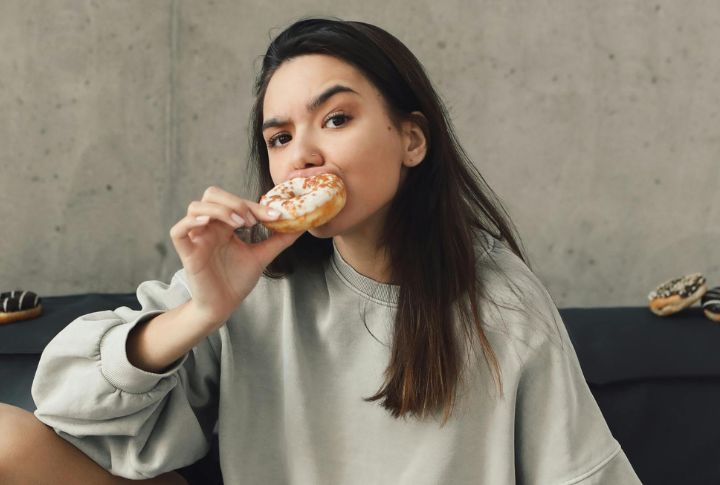
Desire is a powerful visual. Fashion campaigns know this, especially when food is involved. It’s why models are often shown mid-bite, or with smudges of frosting. These moments create atmosphere while brands use indulgent eating to frame themselves as sensual and immersive.
Food As A Symbol Of Femininity
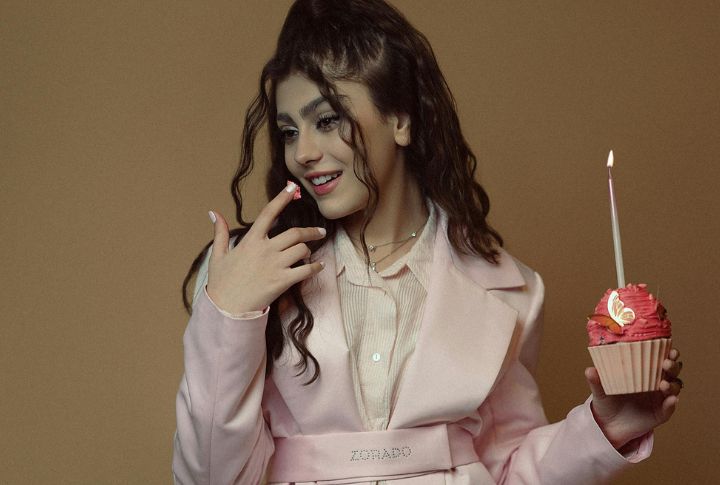
Femininity in fashion is often shown, not told. That’s where food enters the picture. Ads use elements like creamy desserts or delicate fruit to suggest softness and glamour without stating it directly. Even major publications have woven them into their cover art as quiet symbols of traditional femininity.
Cultural Cross-Promotion
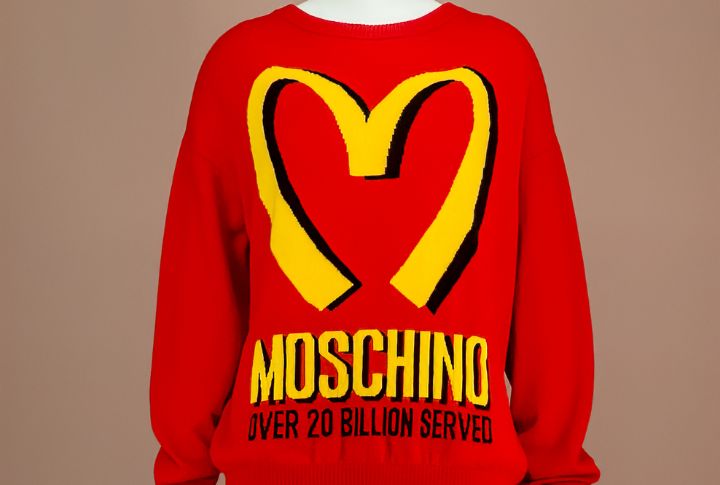
Dessert-themed capsule collections or collaborations with celebrity chefs are part of a broader strategy. Fashion and food share visual culture, and when they merge, both gain reach. Moschino’s McDonald’s campaign made that clear. The overlap between fashion lovers and food enthusiasts also makes this kind of creative pairing effective and profitable.
Memetic And Social Media Value

The algorithm loves it. Show a pair of heels shaped like ice cream cones and watch it go viral. That’s because food-fashion content is visual gold on Instagram, TikTok, and Pinterest. It’s quirky and easy to screenshot, and hashtags like #foodfashion and #stylemeetsbite give influencers endless material.
Subversion Of Traditional Glamour
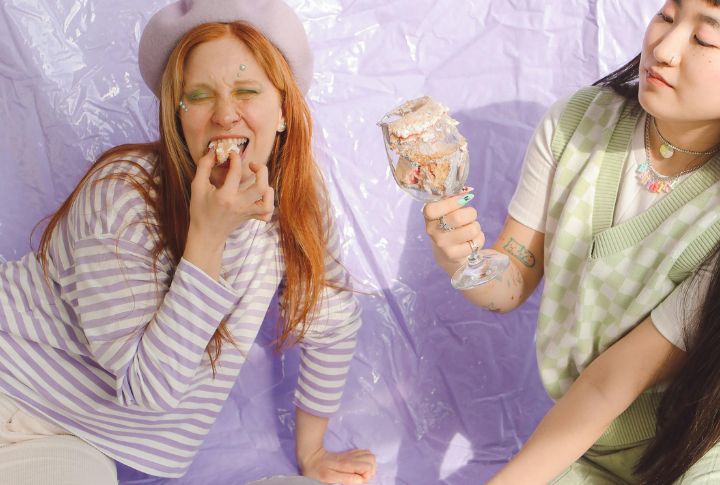
A few years ago, fashion ads kept things tidy. Now, sauce on silk or cake smeared on a dress feels like a deliberate choice. These visuals challenge expectations and throw off the old polished perfection. Today’s audiences connect more with that disruption because mess speaks to them in a way retouched beauty no longer can.
Nostalgia And Emotional Triggering
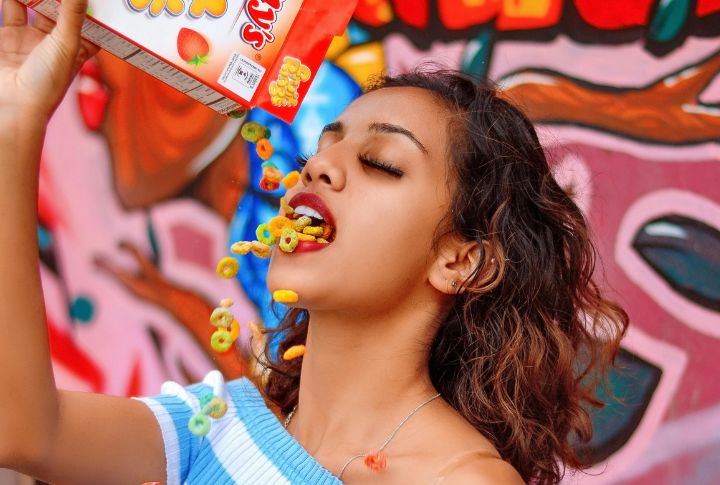
Fashion uses food to spark something deeper than hunger. Retro items like cotton candy or donuts trigger childhood memories. That emotional pull also creates a strong connection, fast. It helps viewers feel like they already trust the brand. Plus, nostalgia increases purchase intent, and the result is a visual story that sticks.
